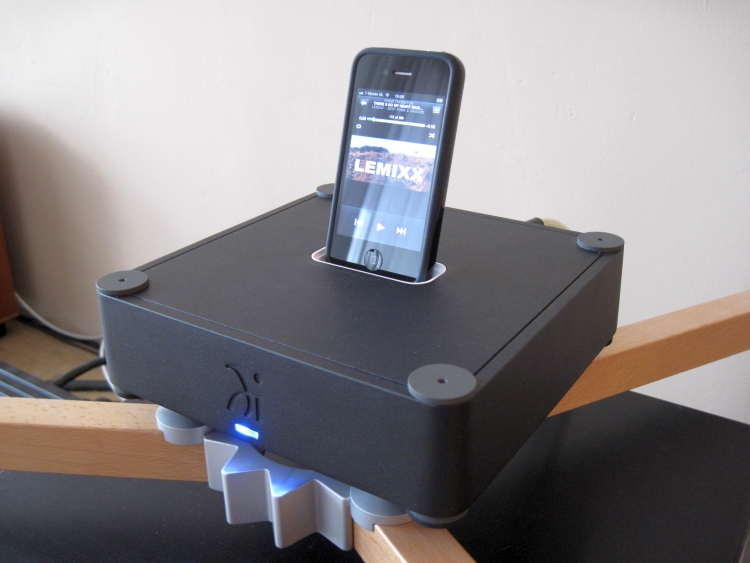
The introduction of Wadia’s new 171i transport was a good reason to subject it to a thorough review
The main questions are: is it compatible with the iPad 2 and does the sound hold up well against that of the best music servers and computer-based solutions?
Review sample supplied by Audiac, distributor for the Netherlands
Retail price approximately 649 euro
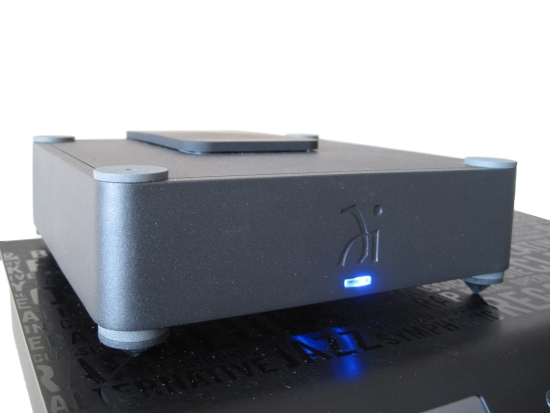
Introduction
The 171i is called a transport. According to the Wadia site, a transport is the digital link between a media source such as an iPod, a computer, or a musical disc, and your home audio system. What it does, basically, is to make it possible to connect your iPhone/iPod/iPad to your stereo and provide ir remote control along the way. Its special trick though, the one that sets it aside from other such devices, it its ability to extract the digital signal straight from the i-device whereas formerly it was only possible to extract analog audio. Needless to say, the iPod/iPhone/iPad’s built in dacs are fine, but no match for a proper audio player and the resultant sound from the analog output does indeed lack dynamics, colour, substance and is generally just not up to scratch. The digital signal on the other hand promises bit-accurate sound output and this is why the Wadia Transport is said to rival some top performing digital source components.
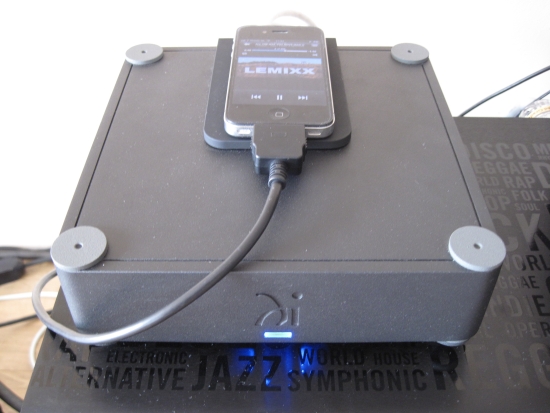
The 171i doesn’t differ too much from the 170i: the same case and the same specs. The differences lie within and on the backside. The power supply has been improved with better parts, the clock has been improved and is now more accurate and there’s now a Toslink optical output in addition to the coaxial output. The latter, incidentally, has been improved as well, with a better quality and beefier looking connector. What’s changed too is are the video outputs. Whereas before there were component outputs as well as S-video, there are now only component outputs. This doesn’t bother me in the least though because S-video is an old standard and most TV’s don’t even offer that option anymore and besides, I’m only interested in the audio output. I use other devices for playing video. The improvements to the power supply aren’t visible by looking at the small outboard supply, that unit only downconverts the power. It is on the inside of the 171i that the regulation takes place. Lastly, there’s a small change to the front which isn’t immediately noticeable: the IR sensor now has an integrated status led so that you can tell whether the unit is on or off. It is said that the 170i had some incompatibility issues, it would not work well or certain functionality wouldn’t work with certain i-models. Since I have no experience with the 170i I cannot comment on this. But I can comment on the 171i. I have used it with the iPhone 4 and the iPad 2 and am happy to report that both devices work instantly and reliably. I haven’t had any operational problems at all. The unit works as advertised and is very quick to recognize a connected device. It is like connecting the digital cable from a cd player from one dac to another: as soon as it is connected you can play music. It is that quick. Also, once installed into the cradle, or connected to the cable, you can operate the iPhone/iPod/iPad via infrared remote control, but you can also still operate the i-device via its touchscreen display. Once connected, the i-device’s battery is charged as an added bonus.
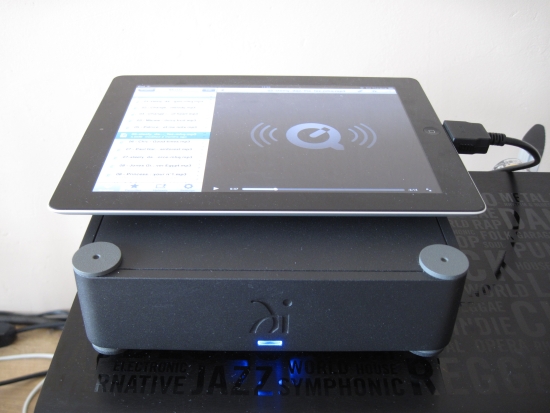
The 171i was delivered to me with an adapter installed. This adapter consists of a plateau that has a connector at the bottom, that fits precisely on top of the transport, and has a tethered cable at the back that makes it possible to not only use an iPhone or iPod but also an iPad. According to Wadia, this also helps improve the reception of the iphone’s antenna because the phone is no longer partly inside the transport’s metal chassis. It was yet to be figured out whether the transport was compatible with the relatively new iPad 2. Well, I’m happy to announce that it is. The cable that exits the plateau makes swapping devices a breeze.
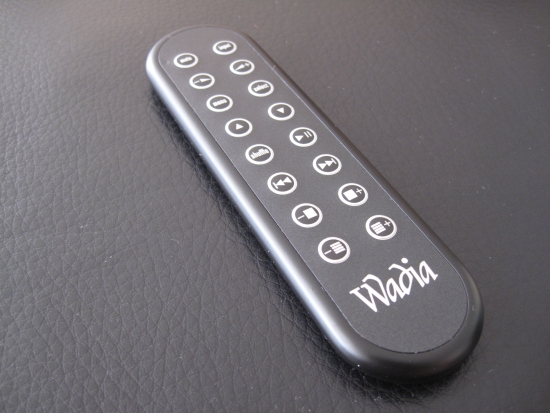
Sound Quality
The iPhone can simply be connected to your stereo by means of the headphone output and an analog cable. Connected this way it doesn’t sound very good though: the sound is very thin, lacks bass, color, substance and dynamics and generally just sounds like a cheap cd player. Not that bad in itself really, but the discerning audiophile wants more. And by using the Wadia 171i transport, you can indeed get more! Since the (iPad-) adaptor was already installed, first listening tests were done using the tethered cable to connect my iPhone 4 and iPad 2. I made sure that I had the same tracks on both the iPhone 4, iPad 2 and my main computer. The latter was thrown into the equation because I wanted to know how the transport performed compared to my Best PC-based audio playback Solution. This setup is explained in detail if you click the link, but suffice to say that it includes a regular Windows XP machine, the M2Tech HiFace EVO USB interface and a Mark Levinson no360S DAC. This same DAC now comes into play when gauging the 171i’s performance and was connected digitally with a Wireworld Gold Starlight III+ digital coaxial cable.
I started with the playback of some tracks that I keep on the Dropbox cloud and the iPhone 4 was first up. Without any immediate comparisons it was already quite clear that the digital signal extraction works miracles for the music replay: the 171i surprised me with sharply focused images, tight, articulate bass and state of the art resolution. The overall sound was already on a par with full-size music server solutions and entry-level audiophile cd transports. So, technically at least, at this stage the 171i performed pretty well, but emotionally it didn’t quite grip me yet. Dynamics were less impressive and I felt that I could somehow still hear the iPhone’s inherent flatness and lack of body and drive. At this point it may have equaled an audiophile transport but not a reference transport.
Now was the time to try the iPad 2. I swapped the cable and the iPad 2 was immediately ready for playback. I cued up the same Dropbox tracks as I used on the iPhone and got ready for a listen. Would you believe me if I said that I could hear a difference? I did. But it wasn’t big. In fact, it was so small that I couldn’t decide which I liked better. The iPhone 4 seems to have more presence in the higher mid frequencies, while the iPad 2 sounds a little more even, although it seems to sound a little more filtered, a little less endowed in the PRAT department, so to say. But really, these differences, although repeatable, were diminishingly small and without direct comparison, I wouldn’t be able to tell which is playing. So, this is not to worry about: both iPhone and iPad work well.
Still, there was the issue of soundstage flatness and lack of body and drive and the swap from iPhone 4 to iPad 2 did nothing to change this. Then it struck me: the iPad-adapter! After all: this comprised two extra connectors as well as a piece of wire. Who knows: perhaps it had a large influence on the sound? I removed it and inserted the iPhone 4 directly into the slot. Presto: dynamics, drive, speed and slam, at your service. Now this was a sound that I could live with. It now reminded me of the sound of the Olive 04HD when connected digitally to the 360S, which, if you read the Olive review, is pretty high praise. The Wadia 171i/iPhone 4 combo now had the same feeling of rhythmic drive and there was no more audible evidence that I was listening to something so simple as an iPhone.
Compared to Computer replay
Good results indeed, and more than I expected. But it has to be said that if being critical, I still felt that it left something to be desired in the area of soundstaging and fullness of color. So, I cued some tracks on the iPhone 4 that I originally copied from my library on the main computer and got ready for a comparison with my PC-based audio playback Solution. As mentioned above, this setup entails a regular Windows XP tower computer, an M2Tech HiFace USB interface and a choice between Belden RG59 or ST glass cable into the aforementioned Levinson no.360S DAC. I cued up both Winamp and the iPhone and started the same track, to enable direct swapping between these sources. And sure enough: the computer setup produced a wider and deeper soundstage, apparently fuller bass, more color and had an overall more relaxed presentation. But it wasn’t entirely without sacrifice, as the 171i/iPhone 4 combo did have better dynamics, better articulation and also better focus. But when combined with the Levinson DAC, I preferred the computer as a source.
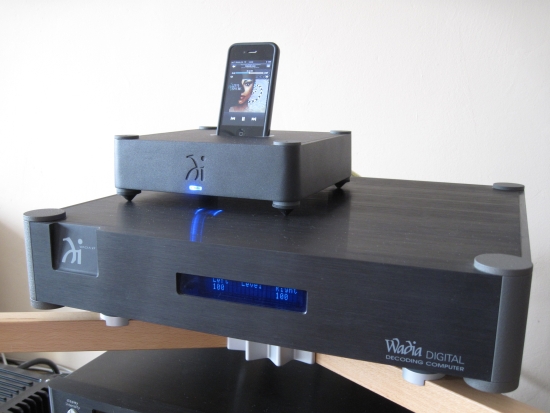
DAC swapping – Wadia 27ix GNSC
This time to match was even better than with the Levinson, and it makes sense when you think about it: the 171i has a slightly lean balance and the 27ix has a dark, full balance. It’s like the song: opposites really do attract, or at least it is the case here. This combo sounds like a true highend cd player. Could it even challenge a reference cd player? Well, no, that’s a bridge too far. But it does challenge almost any cd transport out there for virtually all audio attributes, the remaining aspects being color throughout the lower registers and soundstage width and depth, where it can be improved. I still feel that the best reference cd players manage to inject more musicality, dimension and natural flow into the music while losing nothing in the detail department. Computer replay (the 171i included) somehow excels easily in technical aspects of the sound, but getting the emotion right can be tricky.
Nevertheless, this kind of difference, while very real, doesn’t prevent me from enjoying computer sound. With the 171i as a source, the sound is already easily at an audiophile level and absolutely enjoyable. The 171i has very good rhythmic qualities and a nice open fluidity through the treble and midrange that is very appealing in combination with certain songs. Other songs benefit more from the more relaxed and smoother presentation of the computer that tends to be more forgiving to mediocre recordings. The 171i, on the other hand, extracts more detail, especially the bass benefits enormously and low basslines are much clearer than on the computer. I played many, many songs and in the end I just had to call i a tie. 50/50. C’est ca. It doesn’t happen to me often, but this time I just can’t make up my mind as to which is better.
Side note – There is another advantage of using a Wadia DAC: interoperability! The 171i’s remote can control the DAC’s volume and input selection and alternatively the DAC’s remote can control the iPhone’s track selection.
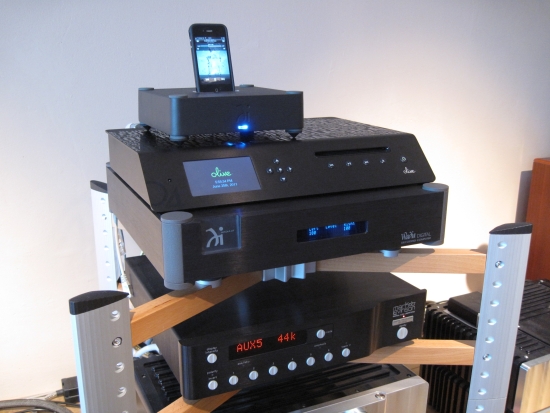
Versus the Olive 04HD
After these great results I wanted to know exactly how the 171i performed versus a full-size audioserver such as the Olive 04HD. To make for the most honest comparison possible, I connected both the 171i and the 04HD to the same Wadia 27ix GNSC DAC. The music source was a Synology UPnP server that contained the same tracks, from the same source, as the iPhone did. I cued up the same track on both devices and started listening to the 171i, then swapped to the Olive. Sure enough: there was a pretty big difference. The Olive made clear that my suspicions regarding the 171i’s leanness were right on the money as the Olive did have a bigger, fuller and more solid bass. And while that was initially a good thing, soon enough I noticed some downsides to the Olive’s sound too. Not only was the bass fuller; the treble was also darker. There was less air and somehow the Olive sounded more digital-like, whereas the iphone/171i combo could be utterly ethereal and very liquid. Even though the Olive sounded magnificent through the Mark Levinson DAC; with the Wadia 27ix there was no contest and I had no more doubts: at this stage, in combination with the Wadia DAC, I preferred the 171i to the Olive!
Then, just to be sure, I swapped the powercable to the Olive for a more open sounding one. I went from a Lapp to an NBS Dragon/Fly. This did a lot for the treble, making it more open and simultaneously tightening the bass. It was a close match now, but still I preferred the 171i for its more airy presentation and greater transparency.
I also tried the 171i connected to the digital input of the Olive 04HD audioserver, without using an external DAC, with good results. The Olive could be considered the standard in its price range and combined with the 171i, doesn’t disappoint. Again evident was the excellent detail, focus and rhythmic coherence that the Wadia transport has on offer. I did find the results with the Olive digitally into the Levinson 360S to be musically more pleasing but that is to be expected in a DAC that costs 4 times the Olive’s entry price. But this just goes to show that there’s plenty of capability in the transport and better dacs will extract better performance from it.
Versus the PS Audio PWD
I’ll touch on this one real brief, as it will be in the PS Audio PWD review also. Here’s the bottom line: the PWD, streaming from a Synology NAS, with my usual cabling, sounds almost the same as the 171i/iPhone/Wadia 27ix GNSC combo! I’ll let that sink in… I was a bit disappointed too. In my PWD that is. I expected it to be better. And better it is, in some areas, such as bass, body, drive and solidity. But the Wadia 171i/27 combo, even though they make use of spdif for data transfer, sounds a little airier, smoother and more refined and even if it doesn’t have the PWD’s all-out drive and dynamics, they manage to sound more harmonically complete and even with the PWD tweaked to the max, with some recordings I actually prefer -dare I say it- the tiny 171i over the PWD! Well, some perspective is in place because we are of course talking about the Wadia 27ix with GNSC upgrade. I forget the exact price but that DAC was immensely costly and the upgrade alone was also a few thousand euro so I suppose it isn’t really fair to expect the PWD to perform as well.
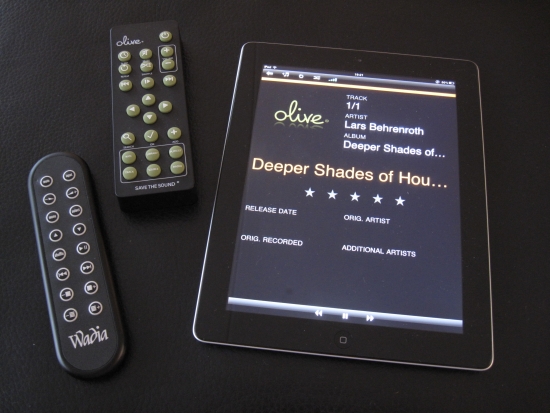
Above: We really do live in amazing times: phones that can serve as IR remote controlled audio servers, phones and pads that can serve as highly sophisticated remotes for computer audio equipment and let you choose any source and destination device in the network, all these devices talking to each other thanks to wifi and UPnP. During my reviews I have to think twice sometimes to remember which source is playing now and which remote controls which library but it sure is a heck of a lot of fun.
Conclusion
The 171i transport is clearly up there with the best media servers and is in fact at the same level as the Olive 04HD and even beats it in certain aspects. What’s really important is the match to the DAC. Of course the 171i will work with any DAC but, because it has so much inherent quality, better DACS simply achieve better results. Some people say that modern 1000 euro DACs are as good as old high end ones. I feel differently. Even 10 year old (once-) statement DACs will still be better than affordable, more modern DACs. For me the difference is big enough to justify the cost of a second hand reference DAC. On the second-hand market there is a lot of choice: I suggest you have a look for yourself. The 171i deserves it!
The 171i can perform at the same level as the best computer-based selection of components that I have been able to come up with. The 171i extracts pure, clean digital audio from whichever i-device you connect and does so in an utterly neutral manner. When used with the iPad-adapter and its cable, the 171i comes up short in terms of dynamics, soundstage width and depth as well as sheer physical presence and substance. But used without the adapter and when partnered with the right DAC it just sounds fantastic. (the Wadia 27ix GNSC was a match made in heaven)
I do feel that the best reference cd players still evoke more emotion, sound more musical and present the music with more charism and harmonic richness, this may well be a very personal matter. I wouldn’t be offended if you said that I like coloration or blown out of proportion soundstage. In the end it is all about personal taste. Judged without a cd player in mind and compared to all other digital solutions that I have heard, the 171i is nothing short of state of the art.
But I don’t think that you should think of the 171i as an alternative to your main system but instead for it to complement it. Just make sure that you avoid using the iPad adapter plateau if you can. Oh, and try to tuck away that external power supply!
Some observations
There are some small issues that I want to mention. They are not serious but should be considered nevertheless:
1. The 171i’s external power supply makes a squeaky, high-pitched tone that varies in frequency rhythmically, and is loud enough to hear from across the room when there’s no music playing. It can probably easily be ameliorated by tucking it away behind or inside a system rack but since I have nowhere to hide it in a Spider Rack, I disconnected it when not listening to music. As a side note: this isn’t strictly the Wadia’s fault: the power supply of my Harman Kardon GLA55 speakers also does this. In that case I was able to hide the supply in a cavity below my desk and so rendered these sounds inaudible.
2. The connection to the phone is a bit sensitive. If you touch the phone while it is docked, there’s a big chance that the connection will be broken and you’ll have to take out the phone and stick it back in. That’s a quick enough process, but I wish the connection was more secure. Then again, this is difficult with there being so many different shapes of iphone/ipod.
3. When controlling the docked iphone via IR remote, there is no function for rewind and fast forward. (track skip is of course available)
Related Reviews
Wadia 12
Wadia 25
Wadia 26
Wadia 27ix GNSC
Wadia 121
Wadia 861
Wadia S7i
Wadia 581
Wadia 781i
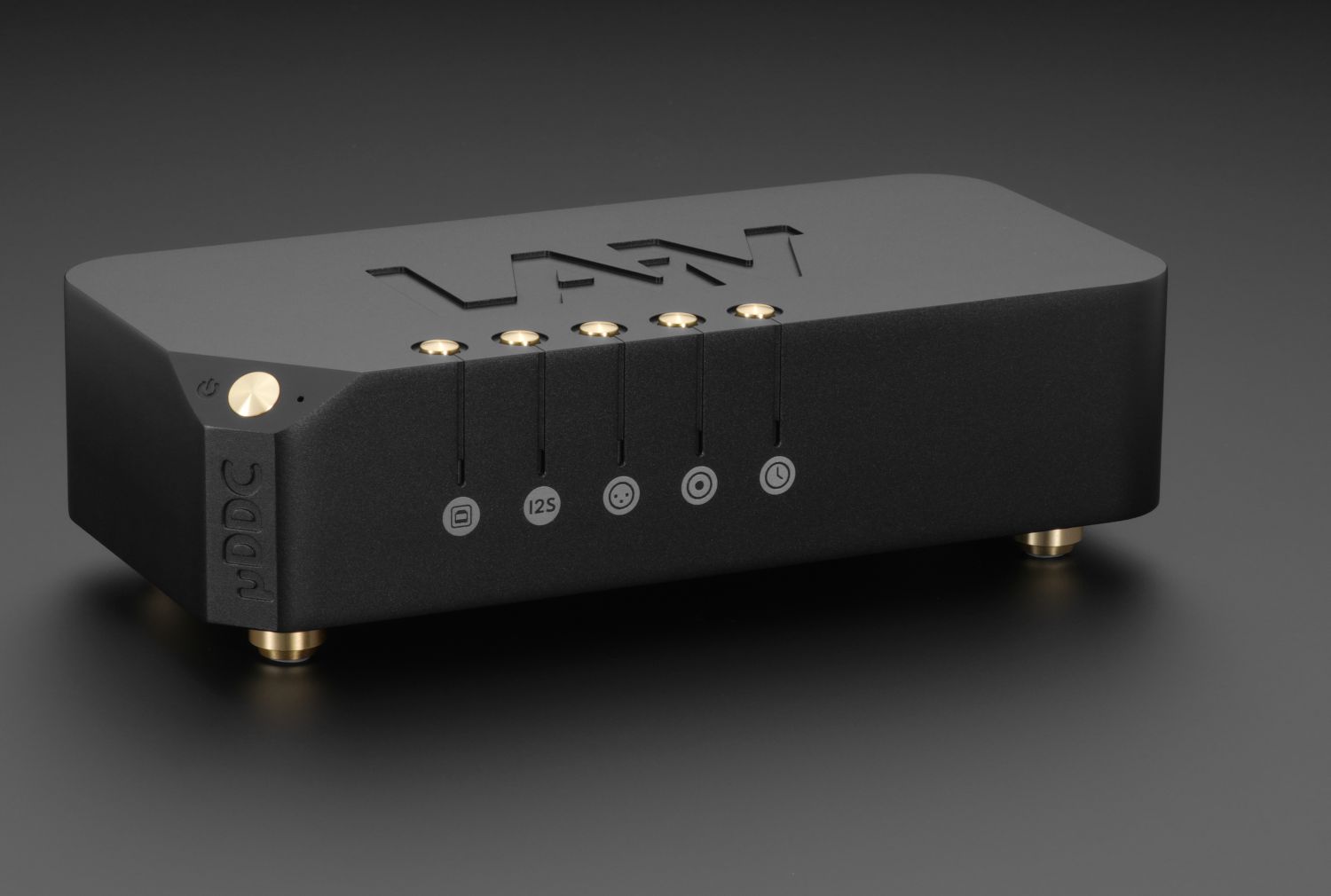
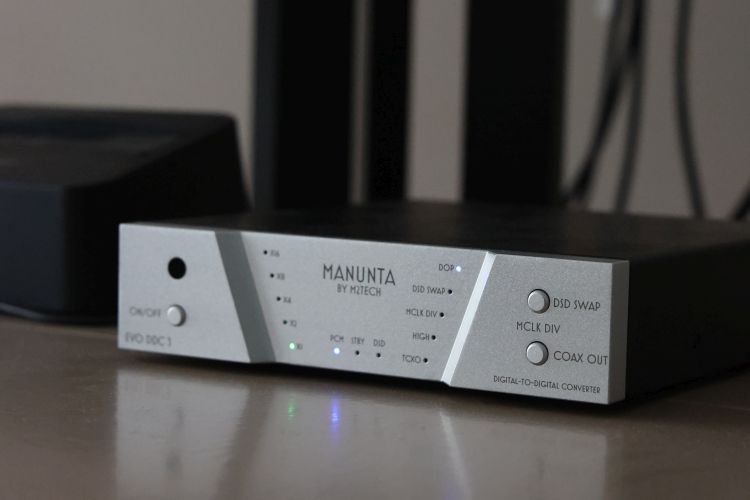
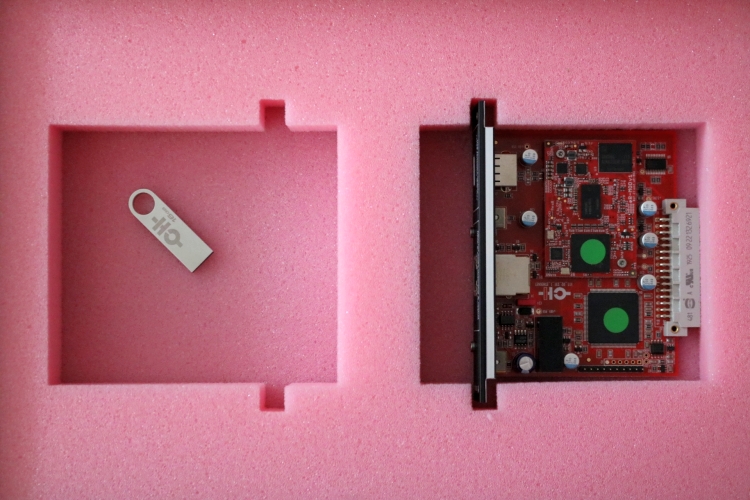
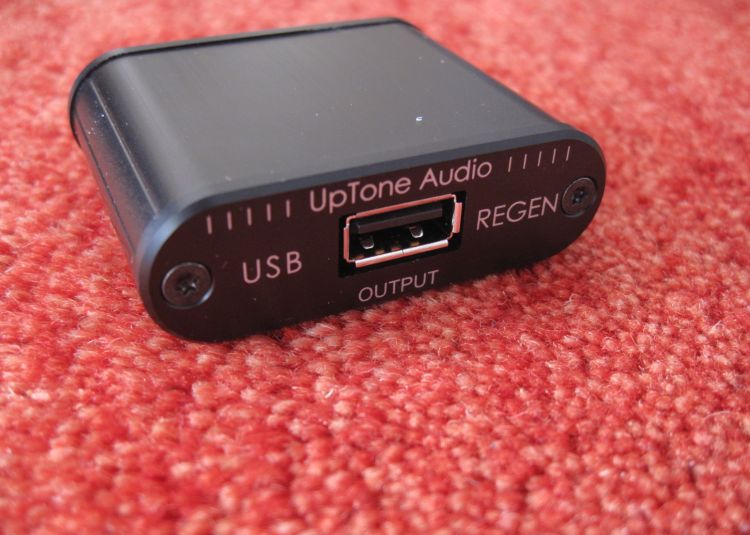
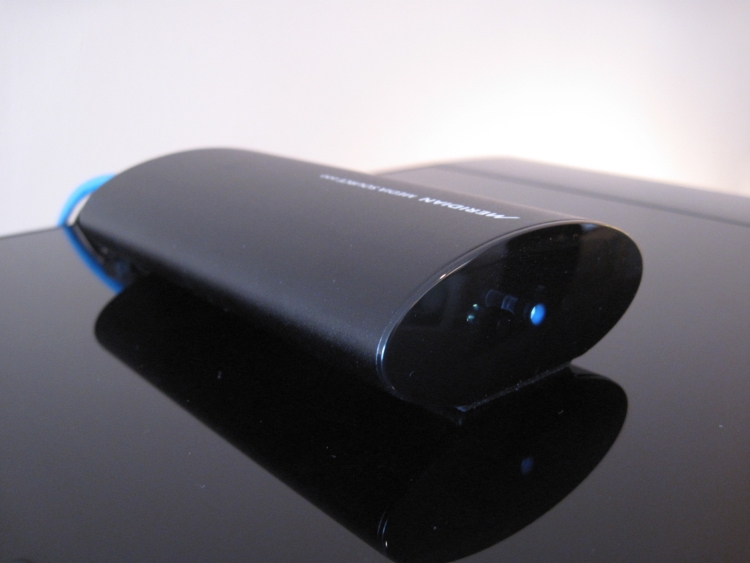
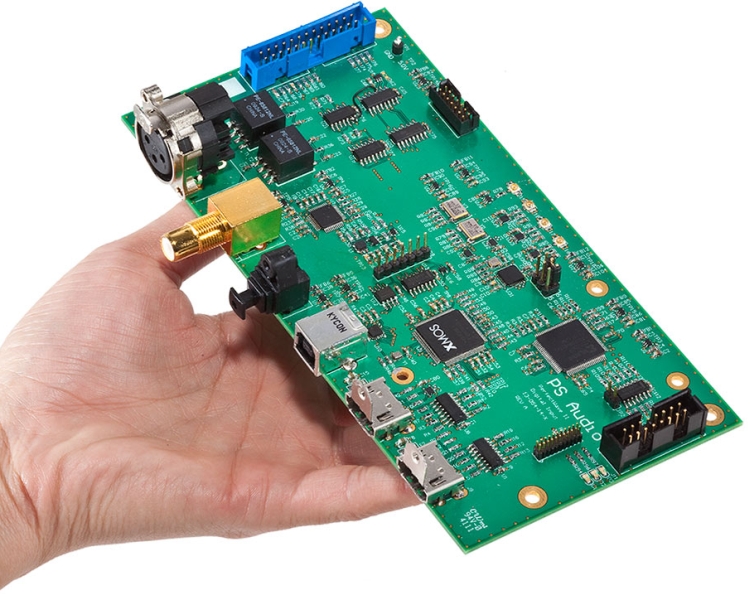
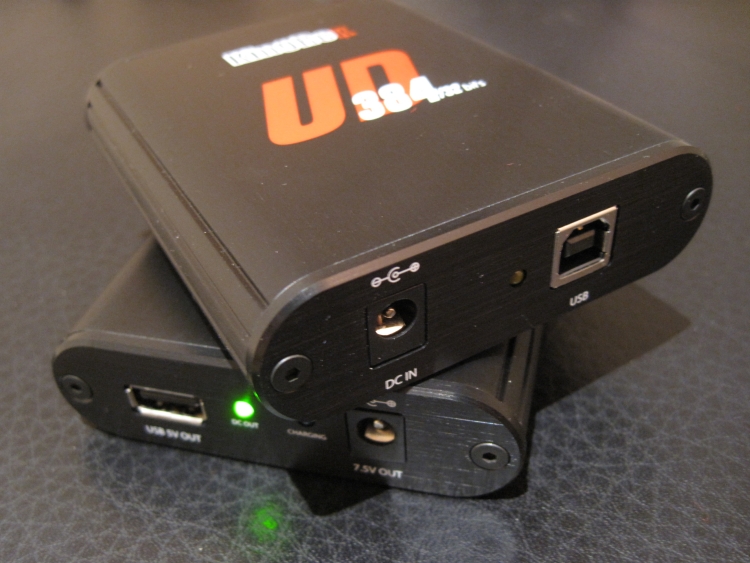
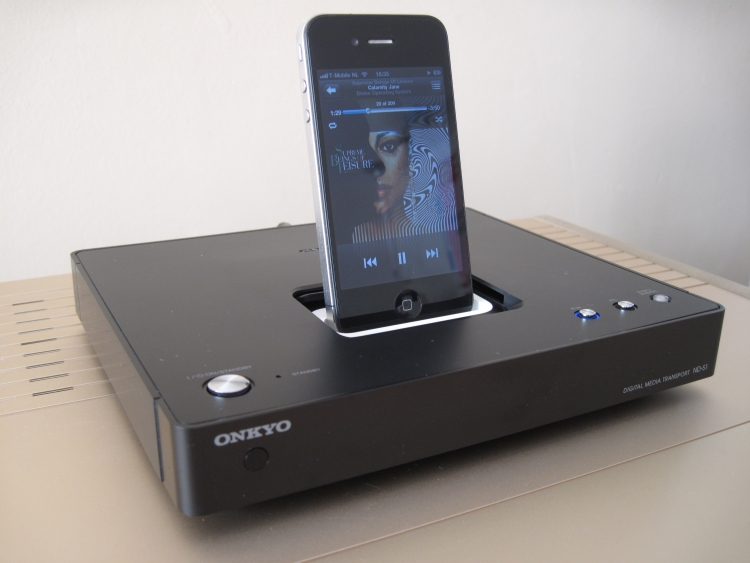
Hallo,
i search for wadia iphon/Ipad adaptzer cabel.
Can you help me?
Greating
Bernd Weigand
Sorry, I cannot help with that. I’d suggest contacting the Wadia distributor in your country.